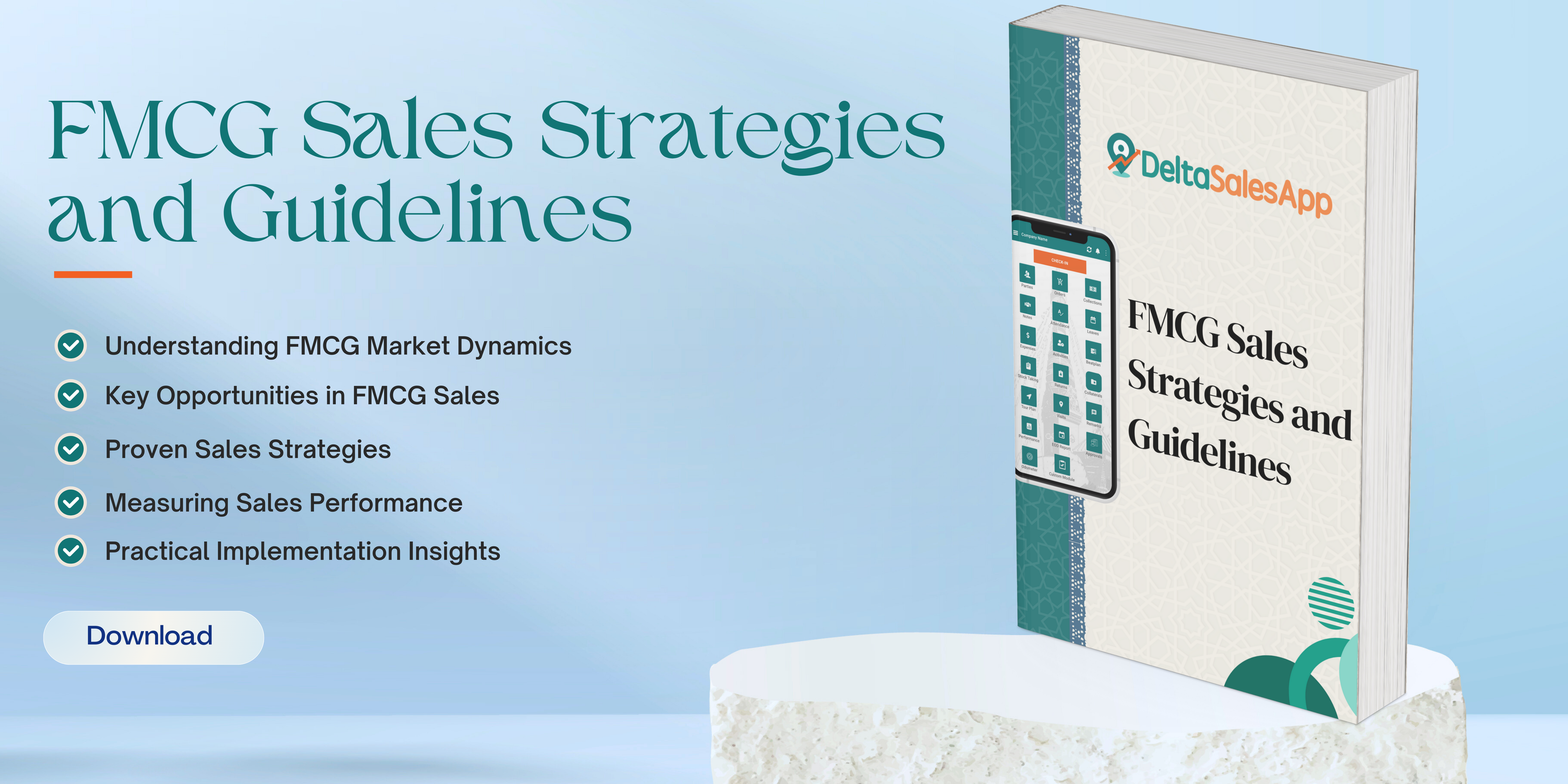Real-Time Reporting
Real-time reporting is an essential feature for businesses that rely on sales teams working outside the office. It enables managers and stakeholders to track performance, monitor progress, and make informed decisions as events occur in the field.
How real-time reporting works?
It works by allowing sales representatives in the field to capture and transmit data about their activities as they happen, and then providing managers or teams with immediate access to this data for analysis and decision-making.
Instant Data Sync:
Sales representatives can input data directly into their mobile devices or tablets, such as customer interactions, sales made, and any updates on sales opportunities.
This data syncs instantly with a central database or CRM system, ensuring that managers have up-to-date information without delay.
Geolocation Tracking:
The application often uses GPS to track the sales rep’s location, providing insights into the territory coverage and ensuring that reps are following their route plans or schedules.
Managers can monitor field activities in real time and optimize territory management and sales coverage.
Sales Performance Dashboards:
Dashboards are designed to display live data on sales performance, including metrics like sales volume, revenue, target completion, customer interactions, and pipeline health.
These dashboards allow managers to track individual and team performance and compare them against targets or KPIs.
Customer Interaction Logs:
Sales reps can log key customer interactions, notes, and feedback immediately in the app. Managers can access this data in real time to understand the context of sales calls and customer needs.
The app can also generate alerts for follow-up actions or provide a summary of past interactions to ensure smooth continuity in sales conversations.
Order and Inventory Updates:
Sales reps can place orders on behalf of customers, check product availability in real-time, and provide customers with updated inventory information.
Inventory levels are updated in real time, reducing the chances of stockouts or overselling.
Real-Time Analytics & Insights:
With the application’s built-in analytics, managers can access insights in real time about sales trends, customer behavior, and sales rep activities.
This helps make quick decisions on resource allocation, adjusting sales tactics, or modifying sales strategies.
Alerts and Notifications:
Real-time notifications can be set up for different milestones or critical events, such as when a sale is completed, a high-value deal is closed, or a customer places a complaint.
These alerts keep everyone in the loop, ensuring swift actions can be taken where needed.
Integration with CRM and Other Systems:
Most field sales apps are integrated with CRM systems (like Salesforce, HubSpot, etc.), providing a seamless flow of customer data.
Managers can see a 360-degree view of each customer’s history and status, giving them a better understanding of sales opportunities.
Benefits of Real-Time Reporting for Field Sales
Improved Decision-Making:
Managers can act quickly on the most recent data, making more informed decisions about sales strategies, inventory needs, and customer management.
Enhanced Communication:
Sales reps and managers can stay connected, allowing reps to get immediate feedback, support, and clarification on customer issues or sales opportunities.
Increased Sales Productivity:
Real-time reporting minimizes administrative overhead, allowing sales reps to focus on selling rather than manual data entry. It also helps managers identify underperforming areas and adjust strategies accordingly.
Better Customer Experience:
By having up-to-date information, reps can offer more accurate pricing, product availability, and follow-up actions, improving the overall customer experience and satisfaction.
Optimized Resource Allocation:
Managers can assess performance metrics and field conditions in real-time to allocate resources where they are needed most (such as assigning more reps to high-potential areas).
Technologies Supporting Real-Time Reporting
Cloud Computing:
Cloud-based solutions ensure that data can be accessed and updated from anywhere, reducing the risk of data loss and providing scalability.
Mobile Platforms:
Mobile apps allow field reps to input data on-the-go, ensuring they stay connected to the system without needing to be at a desktop.
Data Analytics and AI:
Some advanced field sales applications leverage AI and machine learning to analyze data trends in real-time, providing deeper insights and predictive recommendations.
IoT (Internet of Things):
IoT-enabled devices can be used to track product inventory, monitor equipment usage, or even track customer behavior in real-time.
Conclusion
Real-time reporting through a field sales application helps businesses stay agile, responsive, and data-driven. By offering instant visibility into sales activities, performance, and customer interactions, companies can improve sales processes, increase efficiency, and ultimately drive better results.






